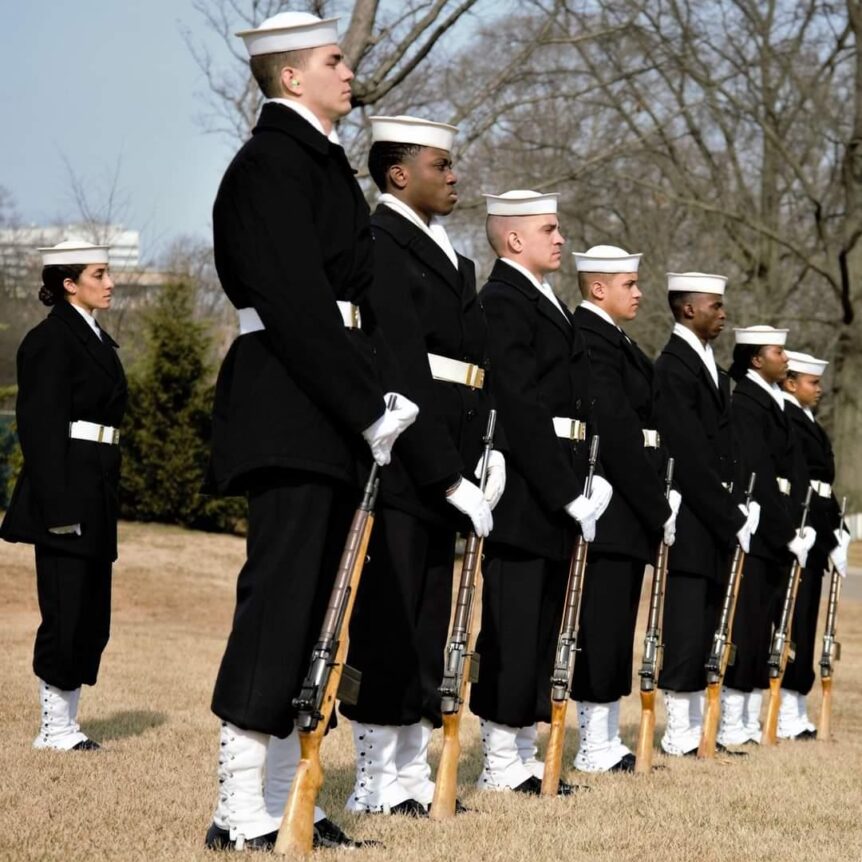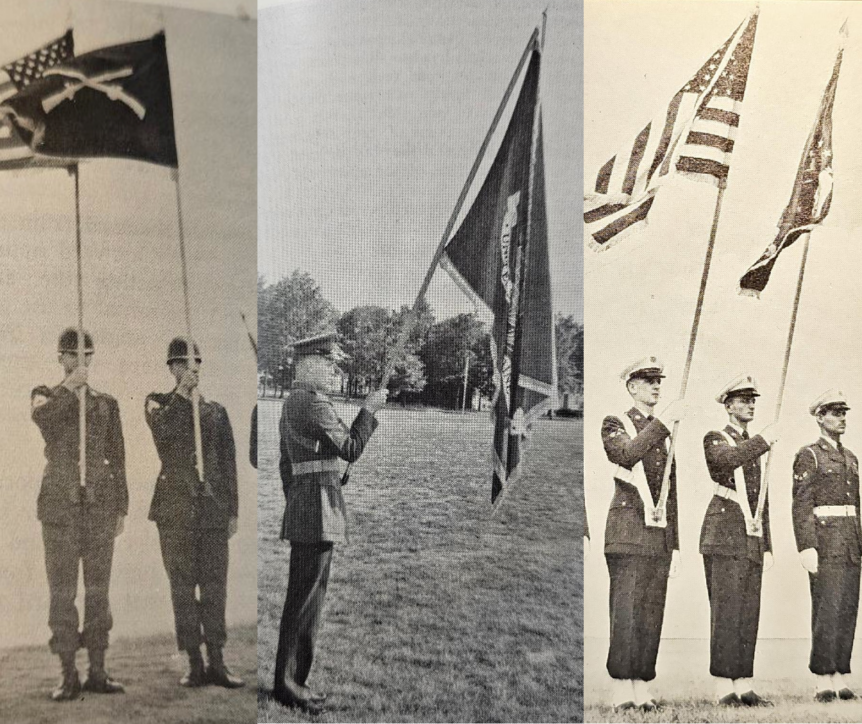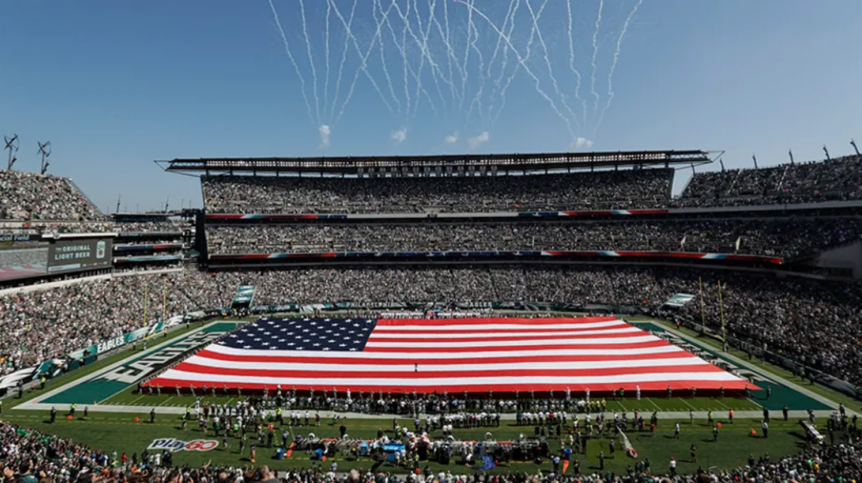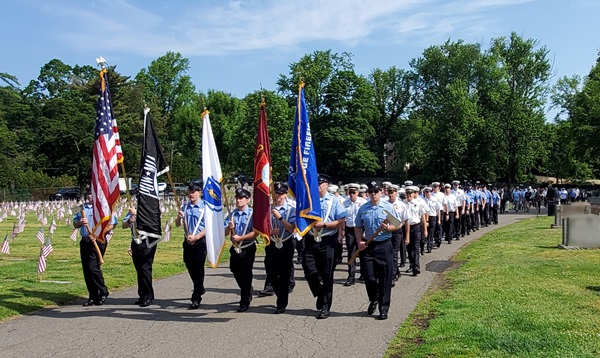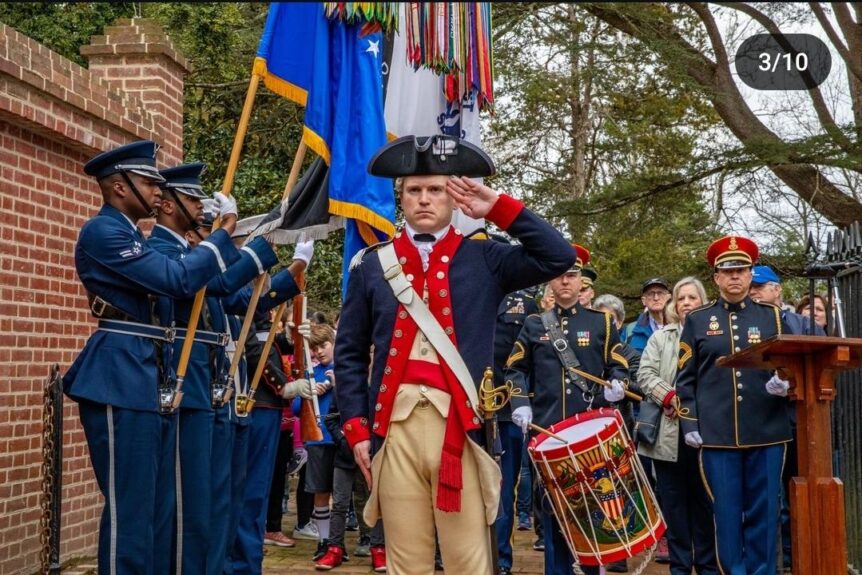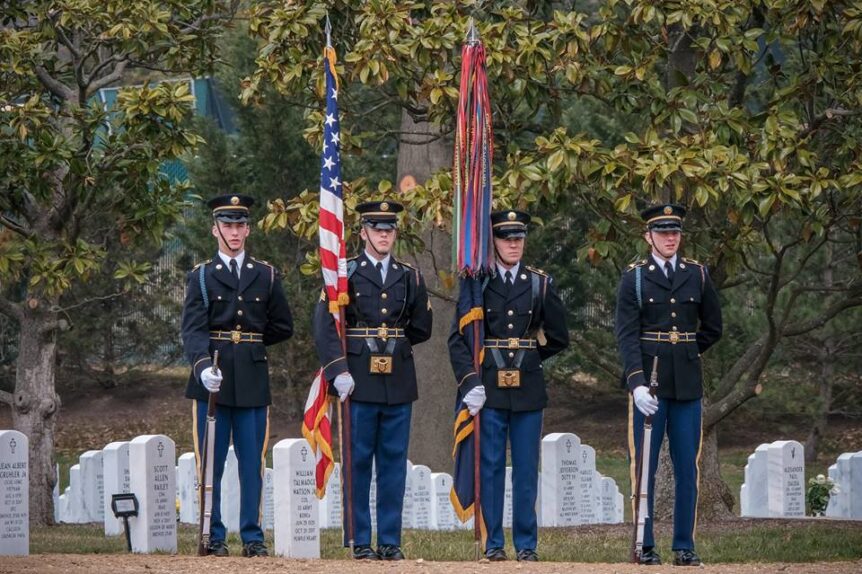It can be a bit annoying to face and then move to Right/Left Shoulder but there is good reason for it.
The Flagstaff and Guidon Staff Manuals DrillMaster Study
Both the flagstaff manual and the guidon staff manual are linked. In this study we will discover the similarities and where both manuals separate due to the flag attached to the staff. The guidon staff is the flagstaff and vice versa. The differences come in length and the type of flag attached. This is key to understanding the difference, the …
Maintenance and Storage of Color Guard-Related Equipment
Equipment is expensive! The storage of colors and flags needs to be considered carefully to ensure your equipment lasts.
DoD-Mandated Disrespect to American Flag
For years the Pentagon has paid Big Sportsball to have troops carry a giant flag on a football field as a recruiting tool even though it directly breaks the law, and the standard set forth in an Army Regulation.
First Responders, the Pledge, Anthem, and Taps
It’s a grey area and I am writing this for clarification based on a message I received. What do first responders do when the Pledge of Allegiance or the Star-Spangled Banner are on the itinerary for a ceremony? Let’s go through this. The Situation The message: In lieu of the National Anthem, there was a collective recitation of the Pledge …
Understanding the Implementation of Military Drill
We often overlook the fundamental aspects and fail to implement D&C effectively in our training programs.
Understanding the History and Current Problems with Military Drill
Continuing my series on drill and ceremonies, this is the fifth installment. Links to the previous: This is not a rant about how “in my day” the Air Force (at least) was better, stronger, etc. Even though that statement might have a tiny bit of truth, this part of this series is about identifying today’s troubles, and then the next …
Understanding the Arguments Against Military Drill
Those who disagree with this article series will scoff, dismiss, and immediately jump on the logical fallacy ship and probably won’t even know they are doing it. Here are some arguments against the modern warfighter performing D&C today.
Understanding the Benefits of Military Drill
The tangible and intangible benefits of drill and ceremonies (D&C) are numerous. I will use a couple of them to make my point about how we are generally failing to use drill and ceremonies for its intended purpose and thus unable to completely reap the benefits.
Understanding the Purpose of Military Drill
The primary objective of military drill is to efficiently move a group of individuals from one location to another. But there is much more.

